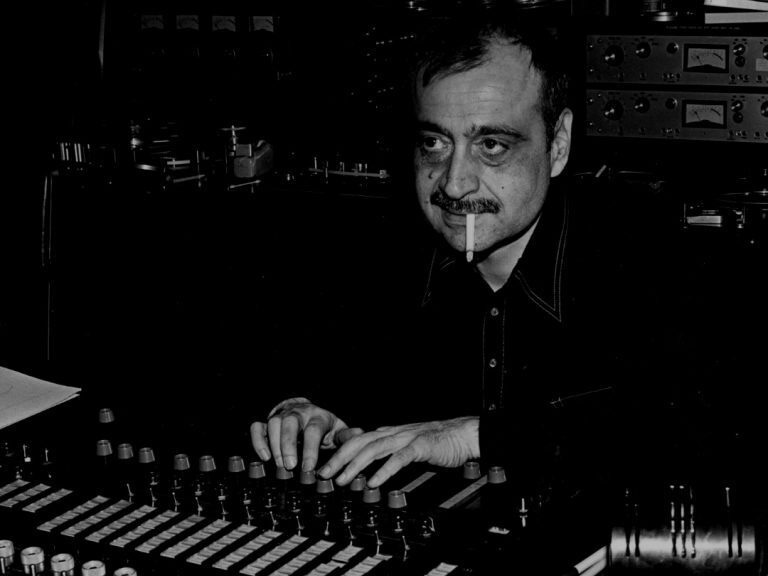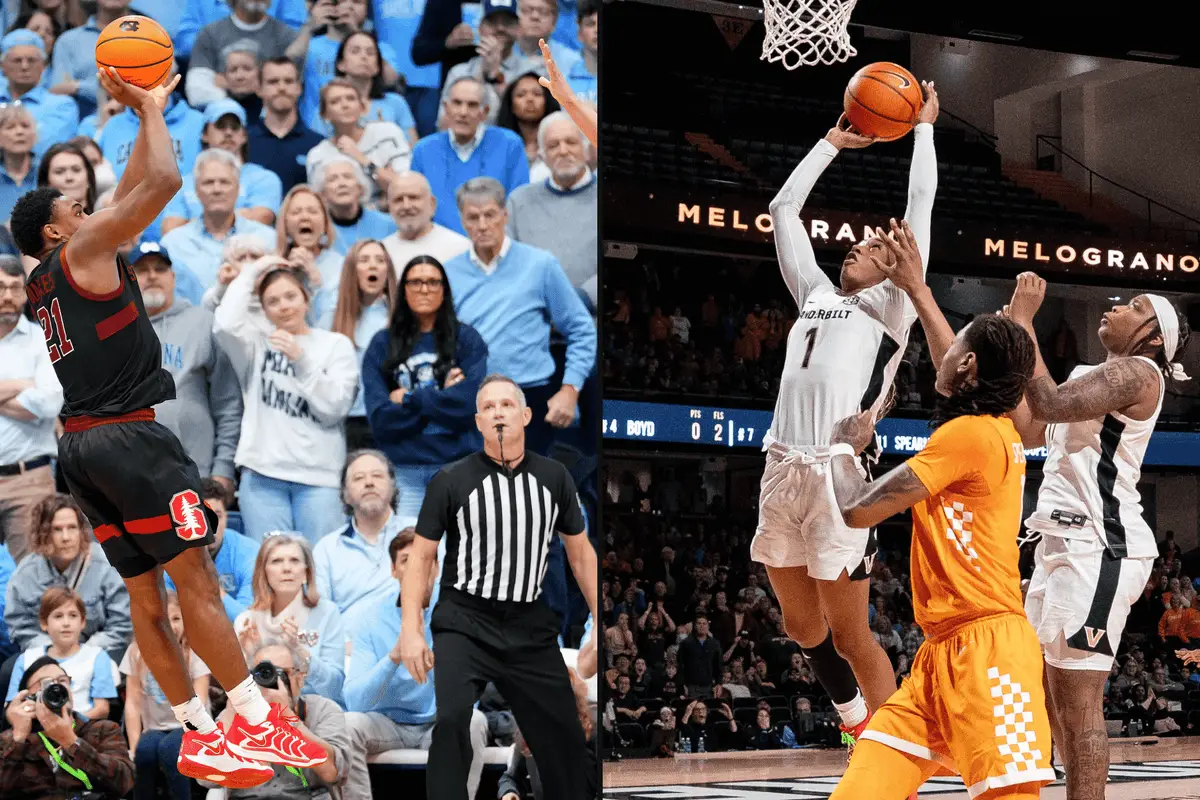
[ad_1]

İlhan Kemaleddin Mimaroğlu (1926-2012) photo credit unknown, fair use

Portrait of Ahmet M. Ertegun and Nesuhi Ertegun, Turkish Embassy (record room), Washington, D.C., 193- (Photo credit: Wikipedia)
It would be difficult to underestimate the impact of Turkish immigrant brothers Ahmet and Nesuhi Ertegun on the American music industry in the last half of the 20th century with their promotion and production of jazz and rhythm and blues artists. Their lesser known colleague, Ilhan Mimaroglu labored under a slightly different esthetic. In addition to having been involved with the production of many artists’ work on the Atlantic label (including Charles Mingus, Freddie Hubbard, et al) his study of the developing techniques of electronic and tape-based music helped him develop a unique voice as a composer where he worked with electronics, tape, acoustic instruments, musique concrete, and combinations of these media. He was equally skilled in the art of music production and recording and he utilized this knowledge to produce an impressive body of work which deserves to be better known. He also curated the sub label Finnadar to release his own music and that of other artists with similar vision like Anthony Braxton, Frederic Rzewski, Morton Feldman and others.
Mimaroglu wrote a number of works reflecting his political views during the same turbulent years during which Atlantic records shaped the popular soundtrack of the sixties era. Using his knowledge of studio technology in combination with emerging developments in electronic music synthesis he created many purely electronic studies, musique concrete, at least 4 string quartets, solo piano pieces, and more that has yet to be fully catalogued.
First let me clarify the term ‘Agitprop’. This is a hybrid word or ‘portmanteau’ for the terms ‘agitation’ and ‘propaganda’. The word appears to have first been coined and used in conjunction with the Russian Bolshevik revolution and it’s political tactics. The idea was to create a form of propaganda that would not only inform but also encourage action.
I will focus here on his overtly political statements embodied in ‘Sing Me a Song of Songmy” (with Freddie Hubbard‘ 1971).
This unusual piece, a concatenation of an electronic score, the Freddie Hubbard Quintet, organ, and strings is perhaps his greatest example of Mimaroglu’s brand of political music. It is by no means his only agitprop/ political piece but it may be his finest and one of the best works of this thorny, frequently controversial genre.
The title is a combination of the name of the town (Son My), the location of the My Lai massacre, and the ironic words, “Sing me a song of Songmy”. The collage and non-linear format of the piece actually contains a dizzying mix of concurrent horrors including the Sharon Tate murders and others whose subjects await a comprehensive analysis by a historian and/or a musicologist. The work includes poetry by Fazil Husnu Daglarca, news clippings, etc. Luciano Berio did something similar in his similarly political masterpiece, Sinfonia (1968). That work is rife with musical and textural references subsequently enumerated by the late American composer/musicologist, Alan Stout.
This is also one of the most expensive productions of a mix of evolving musical genres with a strongly controversial and ugly subject. It can stand in comparison to Picasso’s Guernica for its power to provoke. Add the thorny early electronics with the free jazz of Hubbard and the jazz/blues inflected writing, and you have a powerful indictment of war crimes but hardly a best seller. And it is only with the healing of time and the fading of the sting of those memories that this work has begun to be appreciated more fully.
Participating musicians included:
- Freddie Hubbard – trumpet, flugelhorn (#1, 3, 4, 7), recitation (6)
- Junior Cook- tenor saxophone (1-4, 7)
- Kenny Barron- piano (1-4, 7)
- Art Booth – bass (1, 3, 4, 7)
- Louis Hayes – drums (1, 3, 4, 7)
- Ilhan Mimaroglu – synthesizer, processed sound
- Arif Mardin – organ, conductor
- Barnard-Columbia Chorus directed by Daniel Paget
- Strings directed by Gene Orlo and Selwart Clarke
- Mary Ann Hoxworth (1, 3), Nha-Khe (3, 8), Charles Grau (3), Gungor Bozkurt (3, 10) – recitation
- The music is divided into ten sections as follows:
- PART I
- “Threnody for Sharon Tate” – 2:04
- “This Is Combat I Know” – 8:56
- “The Crowd” – 7:03
- “What a Good Time for Kent State” – 1:28
- PART II
- “Monodrama” – 2:54
- “Black Soldier” – 2:19
- “Interlude I” – 5:48
- “Interlude II” – 4:30
- “And Yet There Could Be Love” – 4:28
- “Postlude” – 1:05

The work has been released on CD.
Related articles
[ad_2]
Source link






